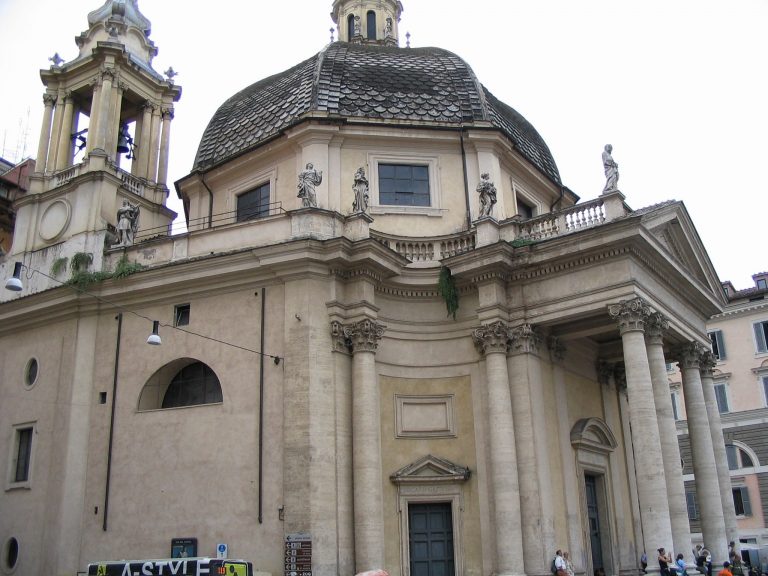LA PRIMAVERA ( THE SPRINGTIME ) BOTTICELLI – UFFIZI
The work was commissioned by Lorenzo de Medici and painted in 1486. Permeated by an ethereal sensuality, the masterpiece symbolizes the ideal of pagan attractiveness of that time. “La Primavera” conveys the procedure for the arrival of Venus, where the Goddess seems to include in herself a fresh conceptualization of the Absolute, where the love of Great is coupled with the love of Beauty.
THE CAMPANILE OF GIOTTO
The Campanile ( height: 84 meters ) was begun by Giotto in 1334, at the request of the Signoria. After Giotto’s departure in 1337, the building was carried on by Pisano and later finished by Talenti ( 1359 ). This Campanile is completely decorated in hexagons and rhomboids and recesses with statues of Prophets and Sybils ( the originals are available in the Museo dell Opera of the Duomo ). The lower basreliefs signify “the Development of Man as well as the Arts and Businesses”; those previously signify the Planets, the Merits, the Liberal Arts, and the Sacraments.
Florence: the Campanile of Giotto
PALAZZO PITTI
Palazzo Pitti was constructed in 1458 by among the most powerful and wealthiest families of the age, the Pittis -company competitors of the Medici family. The appointment was given to Brunelleschi who constructed exclusively what now corresponds to the principal portion of the Palace. It now houses the Galleria Palatina ( home works by Raffaello, Giorgione, Tiziano and Rubens ), The Gallery of Modern Art, the Museo degli Argenti along with the Museo delle Carrozze. The well-known Boboli Garden is reached through the principal entrance of the Palazzo Pitti.
Florence: Palazzo Piti
PIAZZA DELLA SIGNORIA
Palazzo Vecchio
The Palazzo Vecchio called Palazzo of Signoria, designed by Arnolfo di Cambio was started in 1299 and finished in 1314. The medieval-style building was made to function as a fort, to shield the Signoria from revolts and popular protests. The slim, refined, and battlemented Tower is 94 meters high. The best historical and political events of the city, took place facing Palazzo Vecchio in the square.
Florence: Piaza della Signoria
THE PERSEUS WITH THE HEAD OF MEDUSA
Found to the left of the Loggia Della Signoria is the bronze statue of the Perseus, among the greatest works by Benvenuto Cellini. The statue symbolizes the hero of Greek mythology lifting the decapitated head of Medusa.
Florence Tour: Perseus with the Head of Medusa
BOBOLI GARDEN
An average Italian-design garden of the 16th century that was designed in 1549 by Niccolo Tribolo; it’s laid out on the Boboli hill, on terraces on the other side of the Palazzo Pitti, with groves, fountains, trails, caverns, and an amphitheater. The most famous fountains in the garden are the “Fountain of the Artichoke”, by Francesco Susini and Francesco del Tadda ( 1641 ); the “Fountain of the little Bacchus”, by Valerio Cioli, set close to the cavern of Buontalenti; the “Fountain of the Pitchfork” by Stoldo Lorenzi as well as the Fountain of the Ocean by Giambologna ( 1576 ) in the Piazzale dell’Isolotto.
PIAZZA SS. ANNUNZIATA
Piazza SS. Annunziata a typical renaissance square, encompassed on three sides by porticos. On the right, the portico of Brunelleschi of the Spedale degli Innocenti, a not-for-profit association for youth. In the center of the square, the equestrian statue of the Grand Duke Ferdinand I.
